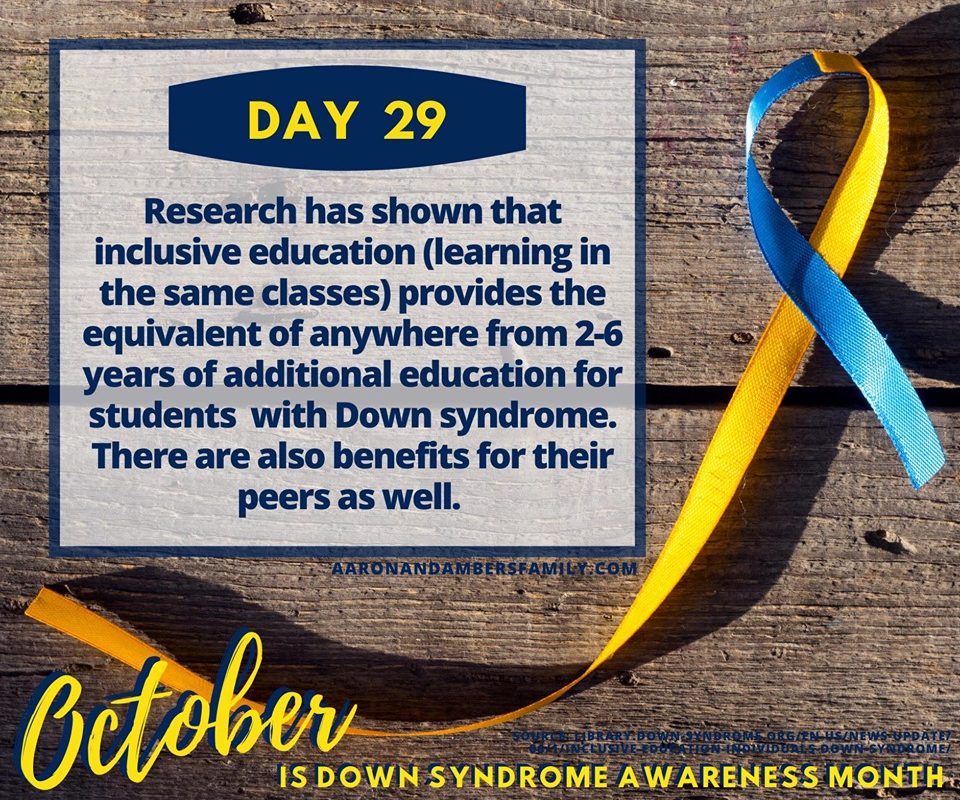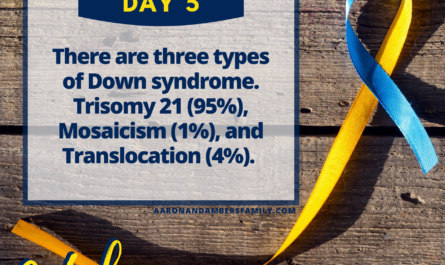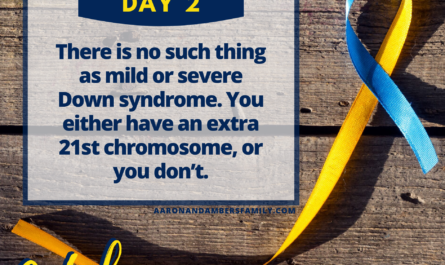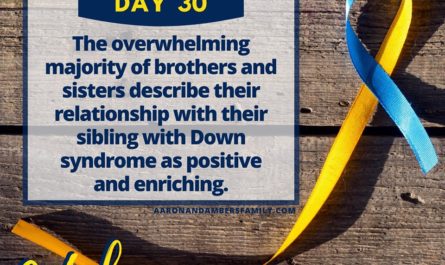There is certainly something to be said about the importance of seeing something being done for many of us when learning. AJ is definitely a kid who has to see something before he will do it or understand it.
This often applies to simple instructions, as well as more complex ones. For example as we have been focusing on him learning to walk at home, we have repeatedly modeled walking. We all had to be conscious of not crawling or scooting on the floor, and we would often reinforce our actions with words, saying things like “Mom is walking to the door.”
When around other kids, we do the same thing. “Chris is walking to the slide.” The more AJ sees other people – kids and adults – demonstrating the skills he is working on, the more likely he is to want to do the same things.
This works with school tasks as well – reading, writing, coloring, even imaginative play. The more AJ is exposed to his peers doing things, the more he wants to do them too.
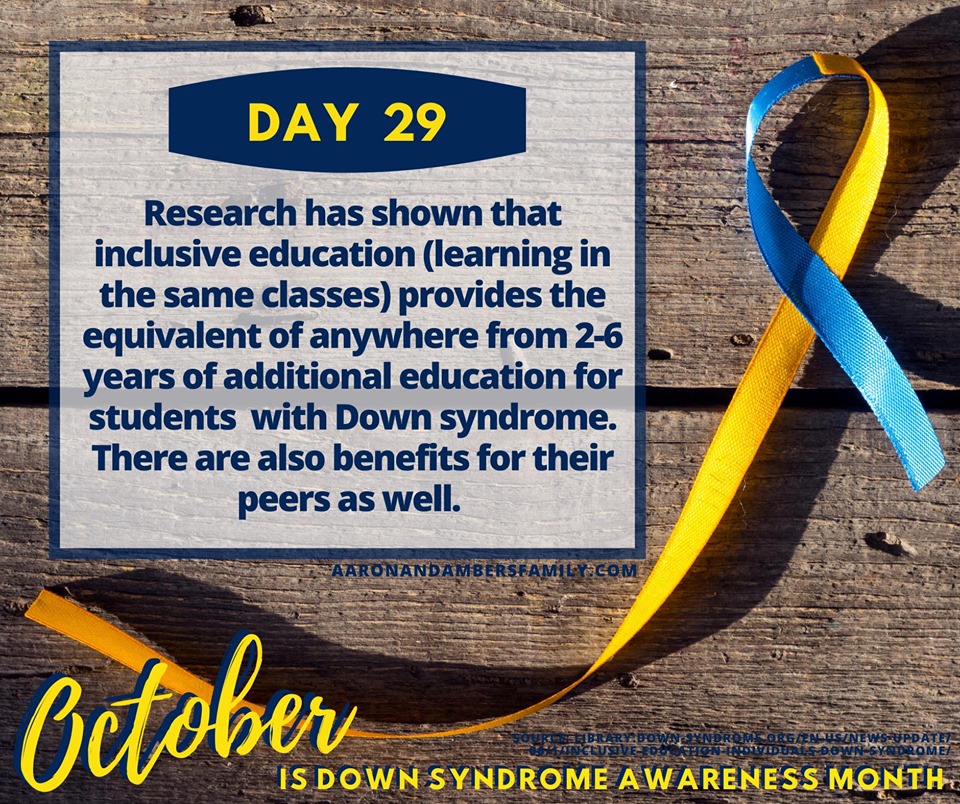
As he gets older, being presented with the same curriculum as his classmates will likely continue to be important for his language development. It makes sure that he’s exposed to words and complex sentences that are at the same level as his friends. Even if AJ isn’t speaking language, his perception and understanding of what he is being told or of stories that are being read to him is incredibly impressive.
A few weeks ago a friend shared a story about her daughter finally understanding multiplication thanks to the support of one of her classmates explaining it to her in a different way and modeling it for her. In the general classroom, there are many children that have the opportunity to learn from each other. The same is not typically true of learning in a segregated classroom.
There are a whole host of reasons that inclusive classrooms and education are preferred by families with children who have Down syndrome in most cases. I’m barely hitting the tip of the iceberg, but hopefully you can see the point. (Ha, ha)
There are also benefits for the rest of the school and students. Among other things it increases an understanding of diversity and acceptance. Kids who will learn problem solving skills and how to better communicate….
And if AJ’s current attitude and approach to life is any indicator, they’ll certainly learn to enjoy the little things, the value of hard work, to continue to try even when things seem impossible, and to celebrating all of the milestones (no matter how small) along the way.

